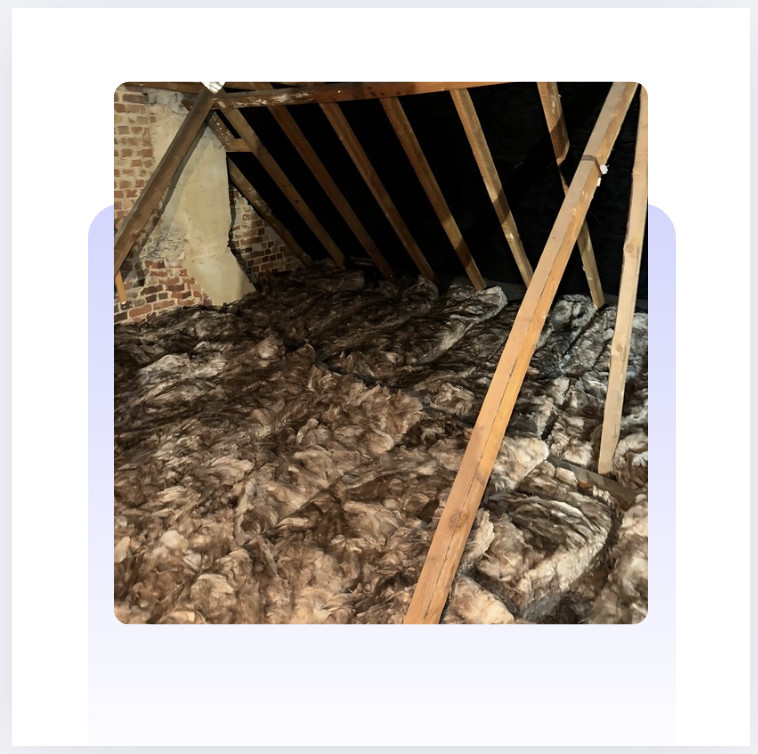views
What Are Council Tax Bands?
Council Tax is a local property tax levied by local authorities in England, Wales, and Scotland. The amount you pay is determined by your home’s Council Tax band, which is based on its estimated value at a fixed point in time.
-
In England and Scotland: Based on the property’s market value as of 1 April 1991
-
In Wales: Based on the property’s market value as of 1 April 2003
Here’s a general guide to Council Tax bands:
| Band | England/Scotland (1991 value) | Wales (2003 value) |
|---|---|---|
| A | Up to £40,000 | Up to £44,000 |
| B | £40,001 – £52,000 | £44,001 – £65,000 |
| C | £52,001 – £68,000 | £65,001 – £91,000 |
| D | £68,001 – £88,000 | £91,001 – £123,000 |
| E | £88,001 – £120,000 | £123,001 – £162,000 |
| F | £120,001 – £160,000 | £162,001 – £223,000 |
| G | £160,001 – £320,000 | £223,001 – £324,000 |
| H | Over £320,000 | £324,001 – £424,000 |
| I | Not applicable | Over £424,000 |
Each band determines your Council Tax bill, but also plays a role in your eligibility for insulation grants.
How Council Tax Bands Affect Loft Insulation Eligibility
Recent government initiatives, such as the Great British Insulation Scheme (GBIS), are designed to help households improve energy efficiency with support for insulation and heating upgrades. One of the key criteria used to determine who qualifies for these schemes is the Council Tax band of the property.
Who Qualifies Under GBIS?
The scheme divides applicants into two groups:
-
Core Group – Households receiving qualifying benefits such as Universal Credit, Pension Credit, or Income Support.
-
General Group – Households not on benefits but living in homes that meet the following:
-
Council Tax band A to D in England, or A to E in Scotland and Wales
-
Energy Performance Certificate (EPC) rating of D or below
-
So, even if you’re not on benefits, being in a lower Council Tax band increases your chances of receiving help for insulation.
You can learn more about this scheme and check detailed criteria here:
👉 Free Loft Insulation Grant in the UK – Simple Green Energy
What Is Loft Insulation?
Loft insulation is a layer of material — usually wool or mineral fibre — installed in the loft space to reduce heat loss through the roof. Around 25% of a home’s heat escapes through an uninsulated roof, so insulation is a highly effective solution.
Key Benefits:
-
Saves up to £250–£500/year in heating costs
-
Reduces energy consumption and carbon footprint
-
Improves home comfort throughout the year
-
Lasts for 40+ years with minimal maintenance
If you want to understand how loft insulation works and how it’s installed, visit:
👉 Loft Insulation Grant – Simple Green Energy
Council Tax Band and EPC – A Combined Requirement
Your Council Tax band alone does not automatically qualify you for free loft insulation. It must typically be combined with an Energy Performance Certificate (EPC) rating of D or lower.
You can check your EPC rating for free at:
🔗 www.epcregister.com
If your EPC is D, E, F, or G — and your home falls within the appropriate Council Tax bands — you may be eligible under the GBIS General Group.
How to Check Your Council Tax Band
You can look up your Council Tax band through your local authority’s website or via official tools:
-
England and Wales: Check your Council Tax band
-
Scotland: Scottish Assessors Association
All you need is your postcode and address.
How to Apply for Loft Insulation Support
While each scheme has its own process, these are the general steps:
-
Check your eligibility (Council Tax band + EPC rating + benefit status)
-
Request a survey from a TrustMark-registered or accredited installer
-
Receive confirmation and plan for installation
-
Get insulation installed, often at zero cost if eligible
Common Questions
❓ Does everyone in Band A–D qualify?
Not necessarily. Other factors like EPC rating and previous upgrades matter. If you’ve already had loft insulation or live in a highly efficient home, you may not qualify even in a low band.
❓ Can I appeal my Council Tax band?
Yes, but only if you have a valid reason such as incorrect property listing. Visit https://www.gov.uk/challenge-council-tax-band to learn more.
❓ What if I rent my property?
Tenants can apply with their landlord’s permission. Many landlords are now more open to insulation improvements due to new energy efficiency regulations.
Final Thoughts
Understanding the role of Council Tax bands in eligibility for loft insulation grants can help you take advantage of support schemes like the Great British Insulation Scheme. If your home is in Band A–D (or A–E in Wales/Scotland) and your EPC is D or below, you may qualify for help — especially if you’ve not received insulation upgrades recently.
Whether you're a homeowner or tenant, improving energy efficiency through loft insulation is a long-term investment that cuts bills and supports climate goals.
For further information on government-backed insulation offers and how to apply:
👉 Free Loft Insulation Grant in the UK – Simple Green Energy
👉 Loft Insulation Grant – Simple Green Energy




Comments
0 comment